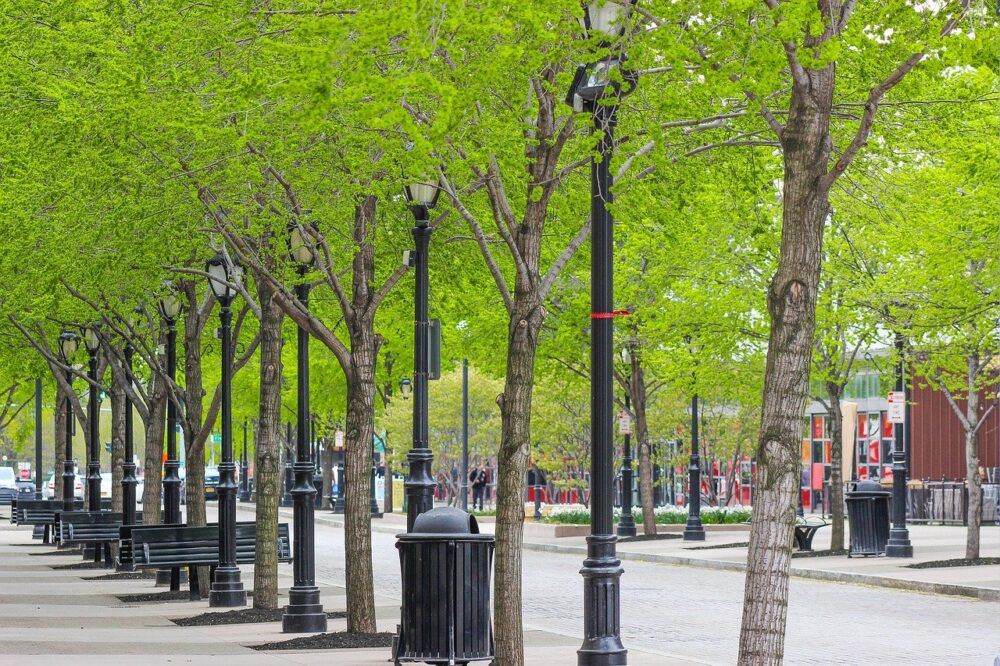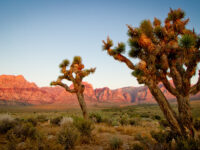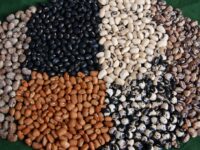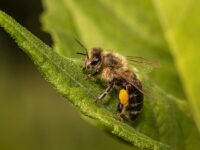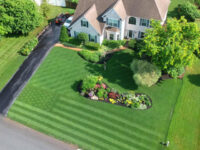As spring approaches, albeit slowly, the threat of allergies encroaches. Seasonal allergies, often due to pollen, leave the afflicted congested, with itchy eyes and more. These symptoms all stem from a common denominator: pollen, or in other words, plant sperm. The immune system is primed to maintain balance in the body by removing potential threats, either through specific means such as antibodies or nonspecific means like mucus. This overzealousness can result in more regular environmental factors such as pollen initiating an immune response that causes the aforementioned symptoms. The sheer scale of this response, though, is an artificial creation, one grown from tree sexism.
Firstly, it is important to review the reproductive systems in most deciduous trees to understand how this issue arises. Trees are able to reproduce asexually through male and female flowers on the same tree or sexually through pollen exchange between different trees. While there are multiple methods to facilitate this pollen exchange, such as birds and butterflies, wind pollination is the mode primarily responsible for pollen spreading in the greater environment and, as a consequence, into humans. Once the pollen from a male tree reaches a tree with female organs, the tree is fertilized and creates a seed. Ultimately, these seeds can result in fruit, nuts, or new trees entirely.
The immune system identifies the excess pollen as a threat, and this activates inflammation, a nonspecific response, from the nasal passage down the throat to the bronchial tubes.
This is where the issues with urban planning begin. As reported in Scientific American by Thomas Leo Ogren, a prominent horticultural epidemiologist, the 1949 Yearbook of Agriculture released by the United States Department of Agriculture (USDA) advises that “[w]hen used for street plantings, only male trees should be selected, to avoid the nuisance from the seed.” Ogren describes how this did not immediately compound on allergies in urban populations until the American Elm, the traditional street tree of cities, fell prey to a wave of Dutch elm disease, severely damaging the population. To replace them, the USDA’s advice was followed, and male trees, devoid of female flowers either naturally or through selective breeding, were planted around cities.
From this point on, a distinct spike of allergies and asthma grew in cities. This spike is related to how the immune system and pollen interact. In a review of the relationship between the human body’s response to allergies and asthma, Dutch immunologist Gert-Jan Braunstahl, MD PhD, describes the immunological response in detail. Both the symptoms of asthma and allergies stem from the body’s inflammatory response. The immune system identifies the excess pollen as a threat, and this activates inflammation, a nonspecific response, from the nasal passage down the throat to the bronchial tubes. Without this additional pollen in the environment, these responses would not be so drastic, as it would not antagonize the immune system to the degree it currently does.
Ogren offers a solution to the issue of pollen in cities: returning female trees to the city.
Ogren offers a solution to the issue of pollen in cities: returning female trees to the city. These trees will absorb the excess pollen, and they would be allowed to form fruit. While Ogren also adds that these trees would also absorb pollutants such as those from cars and result in poisonous fruit, it is simpler to teach others to not eat the fruit rather than “not to inhale pollen from the air around them.” This active allergy-fighting potential would more than justify the time spent on education for how to treat the return of fruit to city life. Without this addition, rates of allergies and asthma will likely only continue to increase to the determinant of those living in cities.
Until this change can occur and become widespread among cities though, you can remember this spring that when your allergies act up, it is okay to blame the patriarchy.
Source: 1
Image Source: Pixabay
